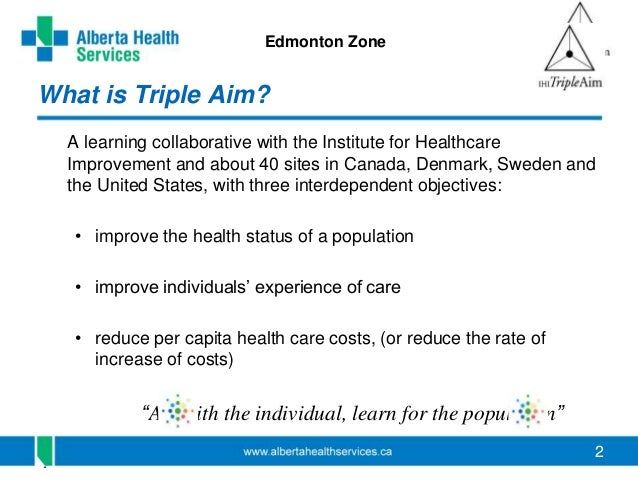

Championing behavior (e.g., promoting the value of the change to others) and more cooperative behavior (e.g., volunteering for problem-solving teams) are displayed, if commitment to change is based on “want to” rather than “have to” or “ought to”. Thus, the focus is on the collective supra-individual level of an organization, rather than at the individual level. Two dimensions are essential: “the collective determination of members to implement a change (change commitment)” and “the shared belief in their ability to do so (change efficacy)”. Organizational readiness for change is defined as, “the extent to which organizational members are psychologically and behaviorally prepared to implement organizational change”. And how employees perceive their organization’s readiness for change (ORC) can influence the success or failure of change initiatives. It has been argued that a change is more successful if it is perceived as congruent with employees’ values. Health care professionals can perceive the Triple Aim as inherently paradoxical, and the conflicting mental models of staff and managers can make the Triple Aim challenging to achieve in practice. Successful change is influenced by multiple factors, including perceived differences in mental models, values, and an organization’s readiness for change. Moreover, they can have negative effects on employees’ well-being, and subsequently on patient care. Downsizing, mergers, or the construction of new hospitals are the most common cost-reduction strategies, yet they are difficult to implement and often fail to deliver the desired results.

to reduce per capita cost, while improving population health and patient experience, requires health care organizations to undergo considerable change. Change strategies should therefore address these uncertainties by translating political “have to’s” proposals that resonate with staff, spark engagement, and clarify “how to” deal with the complexity of large-scale change.Īchieving the Triple Aim, i.e. ConclusionsĬhanges related to pursuit of the Triple Aim were seen as something that “has to” be done, but left managers, and even more so staff, wondering what “to do” and “how to” do it.

Managerial status (B = 3.2, 95% CI = .52, 5.9, P = .02) or interim employment(B = 2.7, 95% CI = .47, 4.9, P = .02) were significant predictors of a high change efficacy score after controlling for potential confounders. We did not observe statistically significant differences in the overall score between organizational sections or in relation to gender, age, or profession. The level of agreement with the commitment statements was high, and low with the efficacy statements. Multiple linear regression was employed to control for potential confounders. The between-group differences in subject characteristics were assessed with independent t-test and non-parametric test. Descriptive statistics was used to assess overall organizational readiness and single items. The Organisational Readiness for Implementing Change (ORIC) questionnaire was distributed to all employees ( n = 403). MethodsĪ cross-sectional study at a Danish Obstetrics and Gynecology department faced with external pressure to become more efficient without compromising patient outcomes and experience. This study aims to assess the organizational readiness for implementing large-scale change at a clinical department in pursuit of the Triple Aim and to determine key associated factors. The concept refers to the collective commitment of organizational members to a change and belief in their shared ability to make that change happen (efficacy).

As health care strives towards the Triple Aim of improved population health, patient experience, and reduced costs, an organization’s readiness for change may be a key factor.


 0 kommentar(er)
0 kommentar(er)
